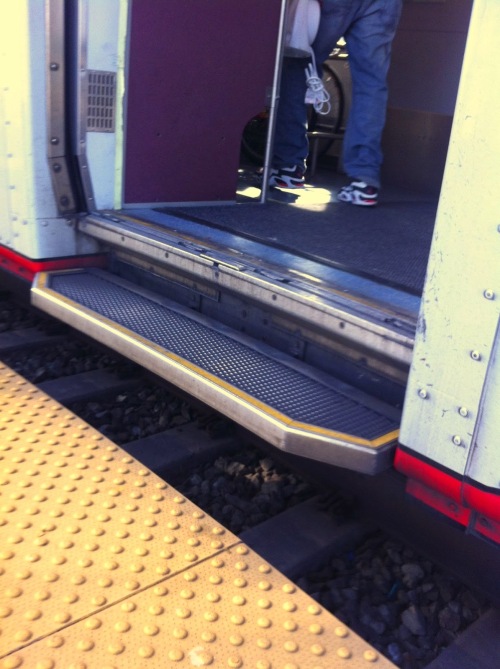A fascinating discussion and I can now say, without reservation, that I am completely lost.
Forgive me if I'm wrong, {and I probably am} but is all this talk about platform height purely academic until Metrolinx/PPP company decides on whether it is going to run single or double level EMUs? For Toronto's sake and for the sake of the transit riders I hope it's NOT the latter but is that not the first main decision before any needed platform heights are even considered or have I got it ass backwards?
GO Transit is not going to replace the whole network with 100% EMUs right away.
The EMUs will hit the Kitchene (+Unionville) corridor first, simply because of how the stars align:
(1) It has the most traffic potential of all corridors on GO -- GO RER (SmartTrack), UPX, VIA, HSR will share the same corridor
(2) It has the tightest future station spacing (once Liberty Village and Eglinton Crosstown interchange stops are added), requiring the acceleration benefits of EMUs
(3) It's also the planned route for HSR trains to take (at existing non-HSR speed limits until it reaches the true future highspeed-rail section beyond Brampton)
(4) Transport Canada wants the ETC systems on HSR corridor
So the first EMUs that GO gets, will be put on the corridor that is also, happens to also be called the "SmartTrack" corridor (Eglinton through Unionville)
However, Lakeshore East/West is currently expected continue to use the Bombardier BiLevels well past 2025 -- pulled by electric/dualmode locomotives. It will probably will continue to use Platform 24/25/26/27/28/29 at peak periods (due to operational flexibility + wider platform + "spanish solution" capability), will continue to use the Bombardier BiLevels, and Verster wants to Platform 26/27/28/29 to level boarding with Bombardier BiLevels.
This is 100% regardless of the EMU question -- and EMU boarding height might or might not be different from the BiLevels.
I think what might happen is a flexible-height platform design that can be inexpensively changed a few inches a decade later (e.g. For the BiLevel floor height versus EMU floor height) if the Lakeshore East/West route begins to use EMUs. Basically, a potential design of removable concrete blocks or platform spacers underneath rough-surface floorboards. And step addition/removals at the stairwells, and flexible elevator shafts that can be modified later at lower cost than a full platform rebuild.
This is going to be tested at ONLY ONE platform first -- this is the new platform that Verster wants to become triple-width (widen existing Platform 26/27 to 3x width, while also raising it to level boarding with bottom step of BiLevels):
When the artist created that, it wasn't level-boarding.
But this is the exact platform Verster refers to -- as the one to become level-boarding (full-length accessibility height, flush against the bottom floor, with no ramp needed (via automated retractable floor-extender steps, which is used elsewhere in the world).
But now, GO president Verster wants this to be the first level-boarding platform on the GO network. A trial per se. Basically, it would become similar to Utah FrontRunner (
level boarding with Bombardier BiLevels).
Other stations would not necessarily be retrofitted right away, probably not till the 2030s (EMUs purchase). This is the most important stop to become level boarding, and ultra-wide, because this is the Lakeshore East/West peak period stop and needs to accomodate future 15-minute Lakeshore East/West headways (possibly as little as 5 minutes at peak).
This new triple-width "Platform 26-27-28-29" consumes the bypass tracks north of Platform 27 since freight trains now rarely go through Union (they can simply trundle through one of the other unused gauge-compatible platforms once a day.)









